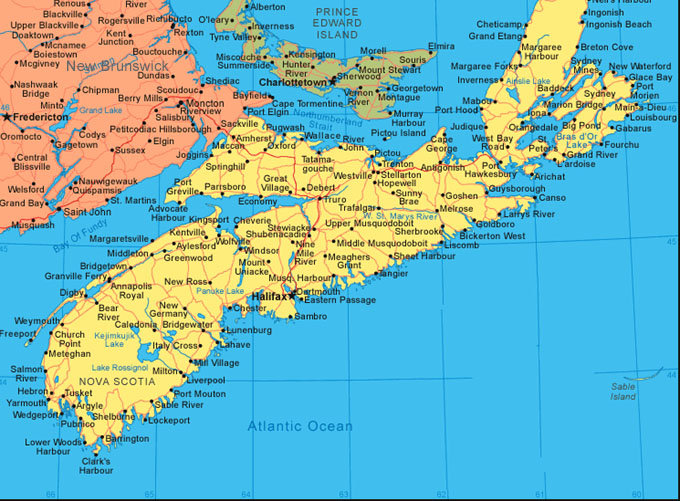|
|

|
  
Features
2021/3/18
Flood Preparedness
brought to you in part by

NOVA SCOTIA - SCORE C Intact Centre on Climate Adaptation

Nova Scotia
WT - Covid 19 Impact -Public health orders in 2020 prioritized pandemic response over flood response.At-risk property owners were advised to make evacuation plans, as physical distancing requirements would not be waived for sandbagging crews. Assuming that Covid-19 measures and physical distancing specifically remain in force, has your government considered alternative measures to deal with emergency flooding?
Question not addressed
WT - Climate change and its related extreme weather events significantly increase the threat of flooding. What specific measures has your government put in place to deal with the increased risks?
Nova Scotia is already experiencing the impacts of climate change, and as a coastal province, we are vulnerable to sea level rise and areas of flooding. In 2019, Nova Scotia passed the Coastal Protection Act to help protect our natural ecosystems. The department will work in consultation to develop the regulations to define exactly how this legislation will work. These regulations will set clear rules that will ensure new construction is built in places safer from sea level rise and coastal flooding.
The Department of Environment and Climate Change also provides information to municipalities and the provincial Emergency Management Office to help inform their decisions around storm and flood preparednessThe Departments of Agriculture and Transportation and Active Transit are also involved in dyke raising projects; you may wish to speak with them about those initiatives.
Each municipality in Nova Scotia has prepared a Municipal Climate Change Action Plan (MCCAP). The plans provide a description of prioritized adaptation goals and outlined capacity insufficiencies, framed within the context of local adaptation efforts. Flooding is by far the most prevalent climate-related problem reported in the MCCAPs. Individual plans indicate that every municipality in the province is experiencing issues and adverse impacts caused by flooding.
The Department of Municipal Affairs is also working on the development of municipal flood line mapping specifications and guidance materials that incorporate climate change scenarios and will help to create a common set of maps across the province.
WT - Nova Scotia flooding is both fluvial (Salmon and North Rivers) and coastal. Nova Scotia's coast is particularly at risk. With the risks associated with sea level rising and tidal fluctuations, what extra precautions are being put in place to deal with this situation?
Work is underway in partnership with the federal government to establish an Atlantic Climate Hub and to update our provincial climate change risk assessment. The Atlantic Climate Hub, in partnership with Environment and Climate Change Canada as well as the other Atlantic provinces, will provide local climate data, information, training, and other supportive services to help Nova Scotians, government, businesses and other institutions, understand the impacts of climate change. We will have more information to share about this in the coming months. The risk assessment will update the climate science specific to impacts to Nova Scotia, and help the province prioritize areas for action.
WT - According to your website, when flooding damages occur, the Nova Scotia Government may declare the event eligible for Disaster Financial Assistance Program. We were unable to find specifics on this Program on your current website. Can you give us some details and and an estimate of how much this program has cost you in recent years?
Question not addressed.
Back to Main article
|
|
|
Have a question? Give us a call 613-501-0175
All rights reserved 2025 - WATERTODAY - This material may not be reproduced in whole or in part and may not be distributed,
publicly performed, proxy cached or otherwise used, except with express permission.
|
| |